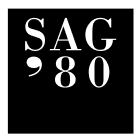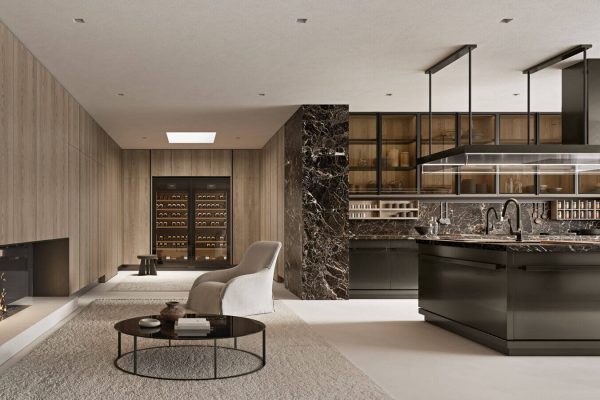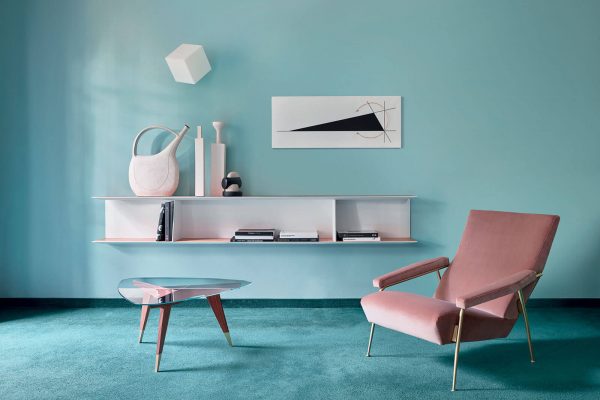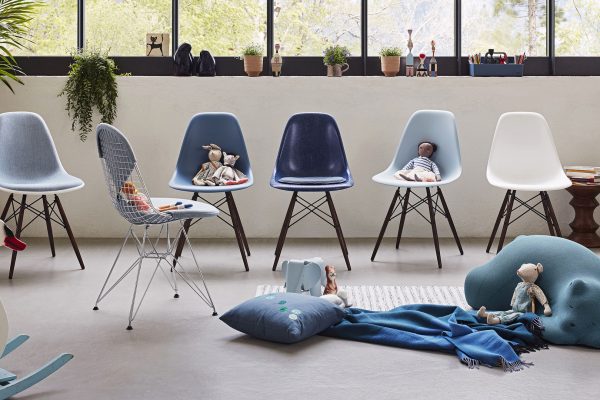The Story of the Infinity Bookcase from the Cassina Furniture Collection.
A flexible and continuously updated structure that can accompany the evolution of the house that houses it. This is Infinito Bookcase by Cassina, a project designed in 1956-57 by the prestigious architect Franco Albini and conceived so that, as the name suggests, the different components can be combined infinitely.
Infinito is a modular, double-sided bookcase, a feature the latter of which makes it suitable for a wide range of solutions, and not just for standing on a wall. In fact, the extremely lightweight structure can be attached to the floor or ceiling, with the possibility of adjusting the height of the uprights.
Although it was born in the late 1950s, Infinito possesses qualities that have become increasingly valuable in recent years, such as the combination of functionality, adaptability and a clean design: this is also why since 2008 the bookcase conceived by Albini has been made by Cassina, which has chosen to focus on the serial production of the different parts, so as to expand the compositional solutions available and thus offer an ever greater degree of customization.
The Concept behind the Libreria Infinito born from the interior design of Franco Albini
A simple idea on the surface, but so ingenious that it has survived for more than 60 years. In fact, it was 1956 when Franco Albini and Franca Helg conceived the design of a revolutionary bookcase: it was called LB7 and, initially produced by Poggi, it had no wall attachment and was transportable, flexible and modular-in other words, able to function all the time.
The intuition aroused great success, to the point of convincing Cassina more than half a century later, in 2008, to reintroduce the bookcase on the market under the name Infinito 835, precisely to emphasize the countless (and potentially inexhaustible) combinations through which the structure can be made to evolve.
At the heart of the concept devised by Albini are uprights pressure-fixed between the floor and ceiling, with an adjustable height between 268 and 290 centimeters, and equipped with holes that allow shelves and shelves to be added at the desired height, as needed. But Infinito allows you to play not only with heights but also by developing the structure longitudinally, adding modules about 90 centimeters wide in order to create increasingly articulated and personal compositions.
Through the serial production of the various components made available by today’s technologies, and thanks to Filippo Alison’s research, Cassina was able to breathe new life into the design, further increasing the number of solutions now available, with the possibility of adding storage units with two doors or drop-downs to the basic module.
But beyond the years that have passed and the name change, Infinito retains its original character thanks to the idea of lightness conveyed and its versatility that allows it to function at the same time as a bookcase, a room divider or a screen. Thanks to these distinctive features maintained over time, the furniture is now part of Cassina’s “I Maestri” collection, as well as being included in the permanent collection of the Design Museum at the Milan Triennale.
Cassina Infinity Bookcase
Cassina Design > The evolution of the Infinito bookcase is also visible through the materials used to make it, which reflect the research and trends of the moment, while remaining faithful to the identity of a simple structure with understated elegance.
If in the 1950s master Franco Albini had chosen walnut, rosewood or teak as materials, Cassina decided to reissue the cabinet in natural ash, black-stained ash or canaletto walnut finishes.
Cassina Furniture Milan : Furnish your Home with Sag80
Are you exploring the Cassina furniture collection for your apartment and have not yet chosen from sofas, armchairs and bookcases which element is right for you ? Find out how our team of interior professionals can help you or request an appointment directly at our Cassina showroom in Milan.
Sag80 consists of a large team of architects, interior designers and planners who ensure high attention to detail at every stage of the project. Here our interior designs.
We undertake interior design works for both residential projects and commercial spaces as a contractor, helping individuals, designers and companies.
Sag80 in addition to being a partner of Cassina is authorized dealer of the best interior design brands made in italy, including. Molteni, Dada, Arclinea, Maxalto, Vitra, Arflex, B&B Italy, Minotti, Boffi, Citterio, Zanotta, Paola Lenti and many others. Discover the more than 100 brands we use to best design every furniture solution.



